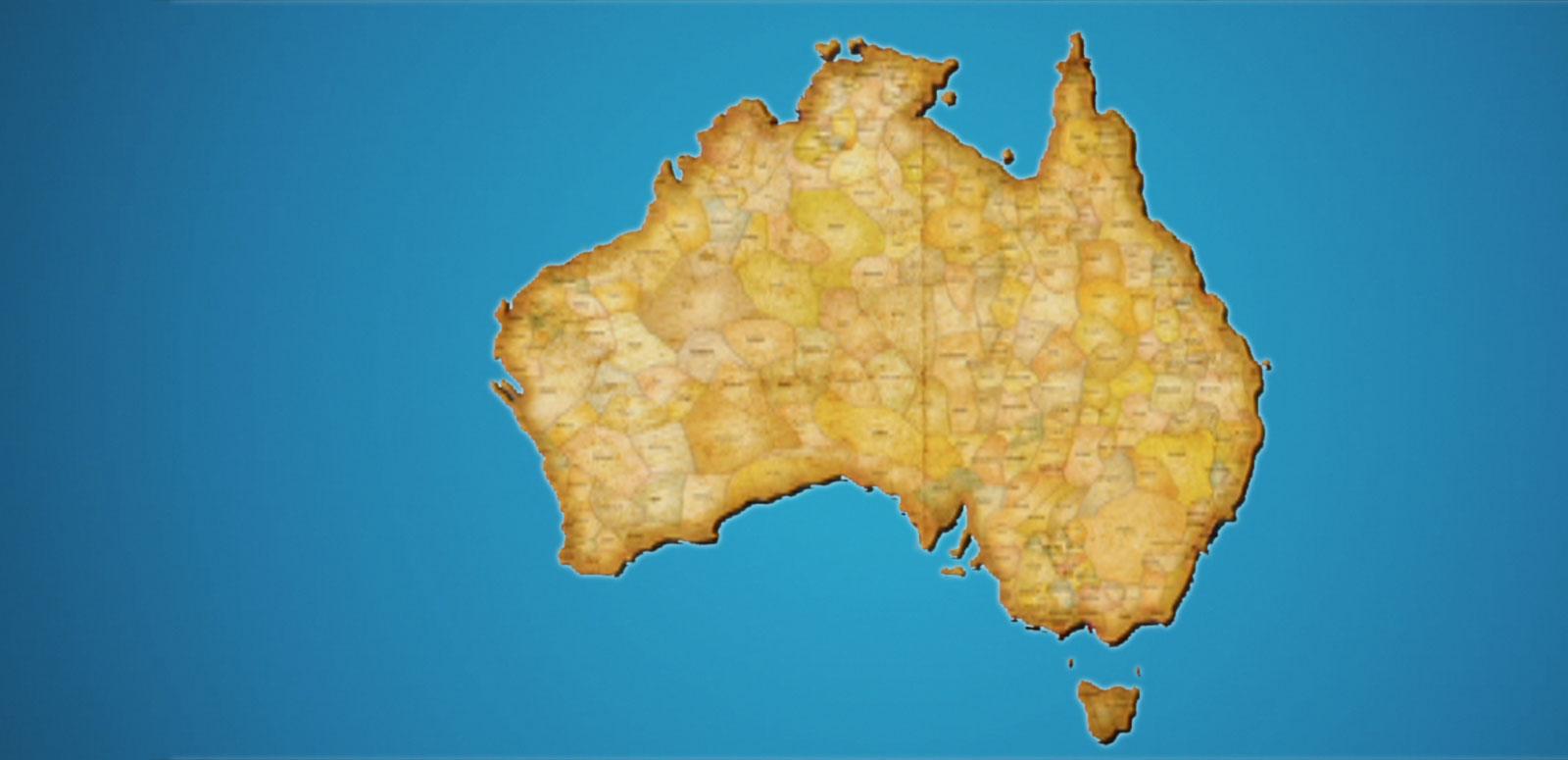Here are three stories from our collection about recording, broadcasting and teaching First Nations languages.
WARNING: this article contains names, images or voices of deceased Aboriginal and Torres Strait Islander people.

Here are three stories from our collection about recording, broadcasting and teaching First Nations languages.
WARNING: this article contains names, images or voices of deceased Aboriginal and Torres Strait Islander people.
The United Nations General Assembly declared 2019 to be the International Year of Indigenous Languages, to raise awareness of the consequences of the endangerment of Indigenous languages across the world.
Around 120 Aboriginal and Torres Strait Islander languages are still spoken in Australia but that is less than half of the estimated 250 languages thought to have been in use across the country at the time of European settlement. Many of these languages could be endangered if there is an insufficient number of speakers to sustain them into the future.
Here we present three stories from our collection about recording, broadcasting and teaching Aboriginal and Torres Strait Islander languages.
Among the oldest sound recordings of Aboriginal and Torres Strait Islander languages are those made by Fanny Cochrane Smith in Tasmania in 1899.
In 2017, we celebrated the inscription of the 1899 and 1903 Fanny Cochrane Smith Tasmanian Aboriginal recordings into the UNESCO Australian Memory of the World Register.
These are the only sound recordings of Fanny Cochrane Smith (1834–1905), the last known fluent speaker of any of the original Tasmanian Aboriginal languages. Her words and songs provide a unique insight into Tasmanian Aboriginal society, culture and spiritual life:
Fanny Cochrane Smith talks about being the last of the Tasmanians and sings in both English and her own language.
For Tasmanian Aboriginal people the Cochrane Smith recordings are songs of survival and represent their ongoing struggle for rights and recognition. They have contributed to a continuing language reclamation project conducted by the Tasmanian Aboriginal Centre, the palawa kani Language Retrieval Program.
The Tasmanian Museum and Art Gallery is the custodian of the recordings, and the NFSA has provided specialist preservation and curatorial services.
The Australian government’s announcement in 1981 that there would be a national satellite (AUSSAT) encouraged the use of the satellite for Aboriginal peoples in remote areas of Australia.
In this excerpt from the documentary Satellite Dreaming (1991), Freda Glynn and Phillip Batty from CAAMA (Central Australian Aboriginal Media Association) talk about the effect of commercial television being broadcast without restrictions into Aboriginal communities. They are concerned about the harmful effects on communities where an Aboriginal language is the first language spoken:
Excerpt from Satellite Dreaming (Ivo Burum), 1991. Courtesy CAAMA Productions
This ABC TV news item from the Northern Territory examines the success that Chifley College in Sydney was having in the 2000s in increasing attendance by Aboriginal students through the introduction of Darug language classes. Teacher Richard Green and School Principal Tim Jones talk about the positive effect it has had on all students:
A new program teaches Darug language in western Sydney, ABC News Darwin, 4 December 2007. NFSA title: 747383.
This is an engaging and uplifting news story about how an innovative program is having a positive impact on school students in a western Sydney college. It usefully shares the perspectives of multiple people involved, including school staff, students and an Aboriginal elder.
See more stories from our television news and current affairs program, Newscaf.
This article was first published in 2019. The text was updated in 2023.
Want to be the first to hear stories and news from the NFSA?
Subscribe to our newsletter and never miss out.
The National Film and Sound Archive of Australia acknowledges Australia’s Aboriginal and Torres Strait Islander peoples as the Traditional Custodians of the land on which we work and live and gives respect to their Elders both past and present.